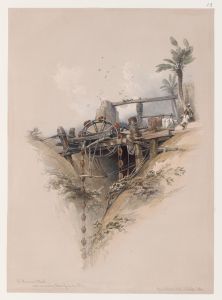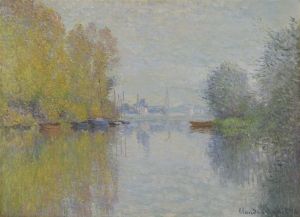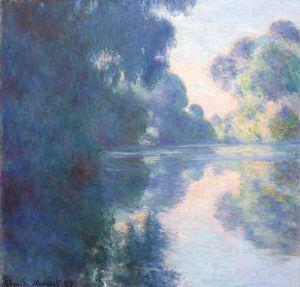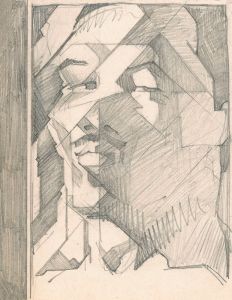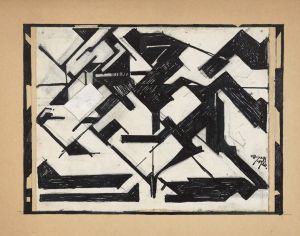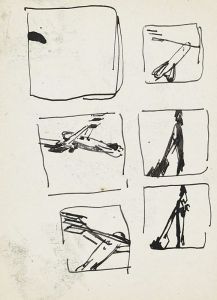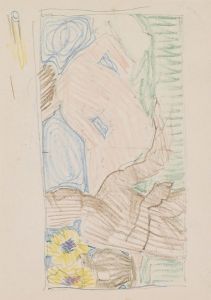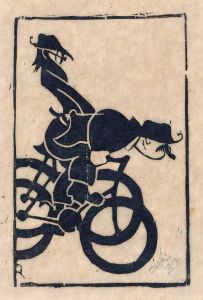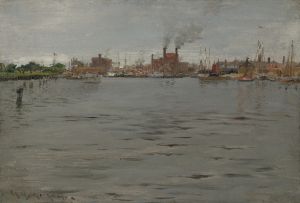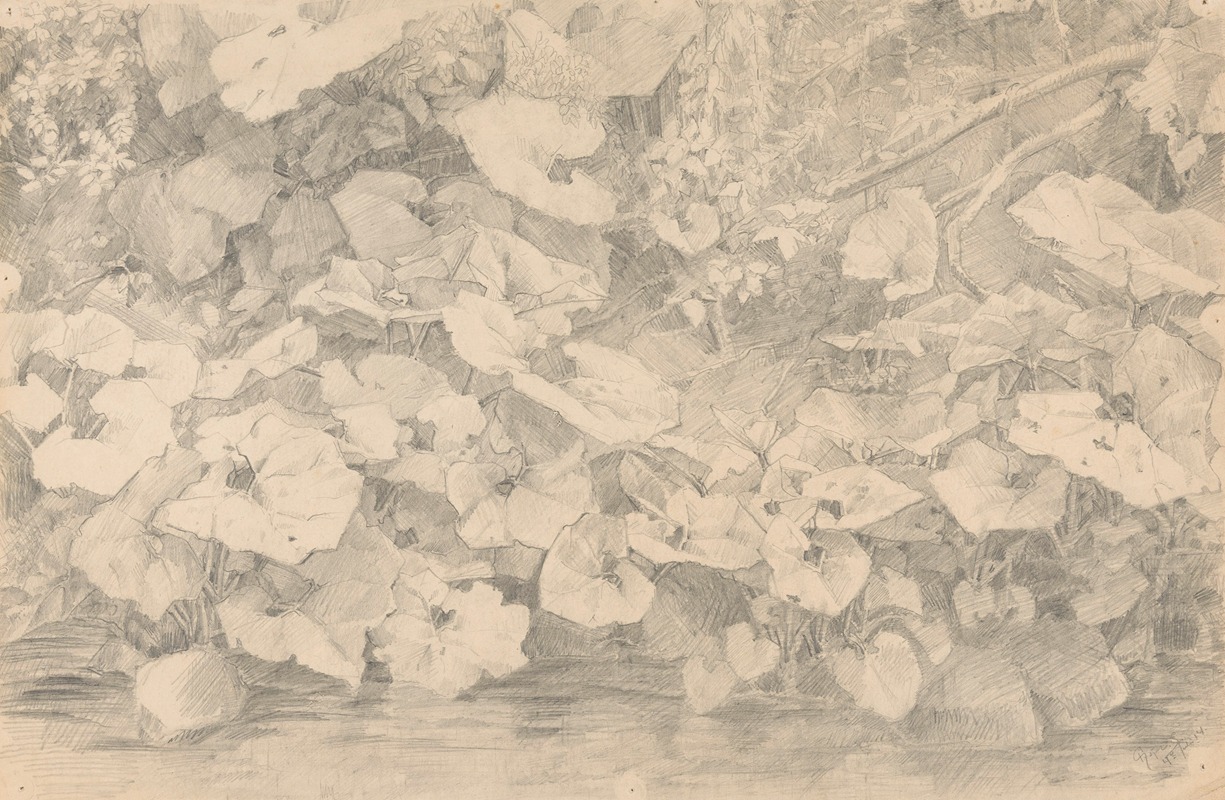
Planten aan de waterkant
A hand-painted replica of Reijer Stolk’s masterpiece Planten aan de waterkant, meticulously crafted by professional artists to capture the true essence of the original. Each piece is created with museum-quality canvas and rare mineral pigments, carefully painted by experienced artists with delicate brushstrokes and rich, layered colors to perfectly recreate the texture of the original artwork. Unlike machine-printed reproductions, this hand-painted version brings the painting to life, infused with the artist’s emotions and skill in every stroke. Whether for personal collection or home decoration, it instantly elevates the artistic atmosphere of any space.
Reijer Stolk (1896–1945) was a Dutch painter and graphic artist known for his contributions to the art movements in the Netherlands during the early 20th century. His work often reflects the influence of various modernist styles, including expressionism and cubism, which were prevalent during his time. One of his notable works is "Planten aan de waterkant," which translates to "Plants by the Waterside."
"Planten aan de waterkant" is a painting that exemplifies Stolk's interest in nature and his ability to capture the serene beauty of natural landscapes. The painting depicts a tranquil scene by a body of water, with various plants and foliage prominently featured in the composition. Stolk's use of color and form in this work highlights his skill in creating a harmonious balance between the natural elements and the overall composition.
Stolk's artistic career was marked by his involvement with several art groups and movements in the Netherlands. He was associated with the "De Ploeg" group, which was founded in Groningen in 1918. This group was known for its avant-garde approach and its members' dedication to exploring new artistic expressions. Stolk's work, including "Planten aan de waterkant," reflects the innovative spirit of this group, as well as his personal exploration of form and color.
Throughout his career, Stolk experimented with various techniques and styles, often incorporating elements of abstraction into his work. His paintings and graphic art pieces are characterized by their bold use of color and dynamic compositions. In "Planten aan de waterkant," Stolk's attention to detail and his ability to convey the subtle interplay of light and shadow demonstrate his mastery of the medium.
Stolk's contribution to Dutch art extends beyond his paintings. He was also a skilled graphic artist, creating prints and illustrations that further showcased his versatility and creativity. His work in this area often featured similar themes to his paintings, with a focus on nature and the exploration of modernist styles.
Despite his relatively short life, Reijer Stolk left a lasting impact on the Dutch art scene. His works continue to be appreciated for their artistic merit and their reflection of the dynamic changes in art during the early 20th century. "Planten aan de waterkant" remains a testament to Stolk's talent and his ability to capture the beauty of the natural world through his unique artistic vision.
Stolk's legacy is preserved in various collections and exhibitions, where his work is celebrated for its contribution to the development of modern art in the Netherlands. His paintings, including "Planten aan de waterkant," offer viewers a glimpse into the innovative spirit of the time and the enduring appeal of nature as a source of artistic inspiration.






